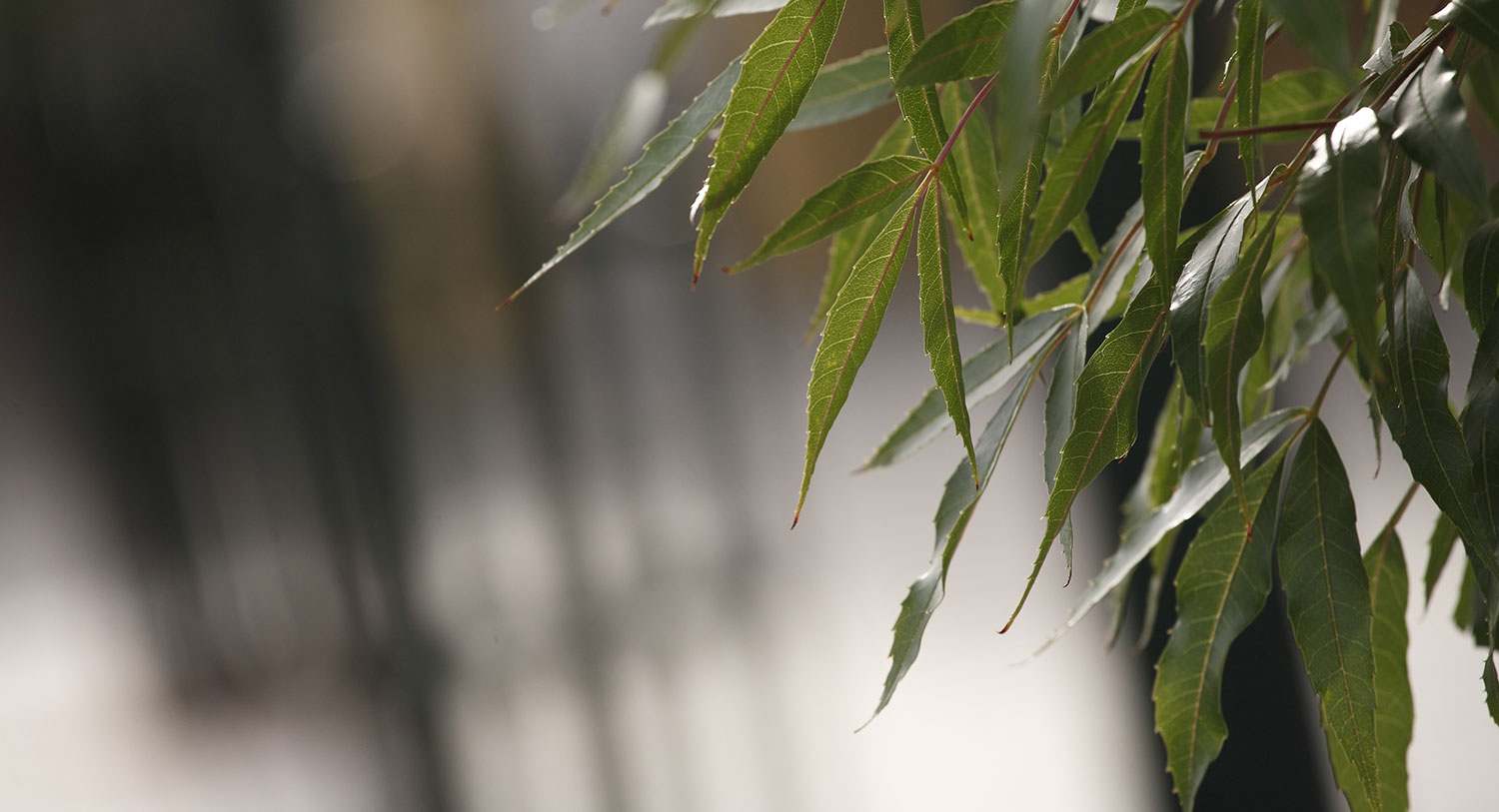Insulation
Many Tasmanian homes have insufficient insulation. Insulation helps keep your house warm in winter and cool in summer, helping you to save on your energy bills. Insulating your home is one of the most cost-effective ways to reduce energy consumption, while increasing comfort levels, so it really is a win-win investment.
You might consider installing or topping-up the ceiling insulation in your home. Up to 35 per cent of a home’s heat can be lost through a home’s ceiling, so high performance insulation will usually be appropriate for Tasmanian ceilings.
You might also consider underfloor insulation, especially if you have timber floorboards, as up to 20 per cent of a home’s heat can be lost through uninsulated timber flooring.
Similarly, up to 25 per cent of a home’s heat can be lost through walls that are uninsulated or under-insulated.
Insulation Products
The National Construction Code sets out the recommended ‘R-values’ for insulation - as a rule, the higher the R-value of your insulation, the better it will perform and the more energy efficient your home will be. Talk with your supplier about which products your Energy Saver Loan may be used to purchase.
Minimum insulation total R-values will be required as follows:
- Ceiling – R5.0
- Underfloor – R2.0
- Wall – R2.5
These minimums have been set with the objective of ensuring that retrofitted homes should achieve overall insulation R values that are consistent with the National Construction Code minimums for the predominant Tasmanian Climate zone (cool temperate - 7).
Subject to advice from the insulation installer, it may be possible for customers to have existing insulation topped up to achieve these minimum R-values.
Because insulation should be installed safely, insulation purchased with an Energy Saver Loan must be installed by a builder or an insulation contractor that is accredited with the Scheme.
Your insulation installation will be supervised by a fully trained installer who will have completed a nationally recognised insulation installation training course and will hold a professional Certified Insulation Installer qualification issued by the Energy Efficiency Council.
Insulation is only available under the scheme in respect of retrofitting for existing buildings. It cannot be used for new homes under construction,
Sales of insulation must include both supply of the product and professional installation by an accredited vendor.
Purchase and do-it-yourself-installation (DIY) is not funded under the scheme.
Vendors offering insulation products under the Energy Saver Loan Scheme must be accredited to participate in the scheme and must comply with certain requirements.
The scheme administrator, Brighte, operates the accreditation process for vendors wishing to take part in the scheme.
Electrical Safety Inspections
It is a requirement that, before any insulation installation takes place, an electrical safety inspection must be undertaken by a licensed electrician. The inspection will be carried out to ensure that the electrical system is assessed as being safe and in good condition, and compatible with installation of insulation in the areas to be accessed during the installation, such as the roof space or under floor areas.
Your insulation installer will discuss this safety inspection requirement with you at the quoting stage before you agree to proceed.

